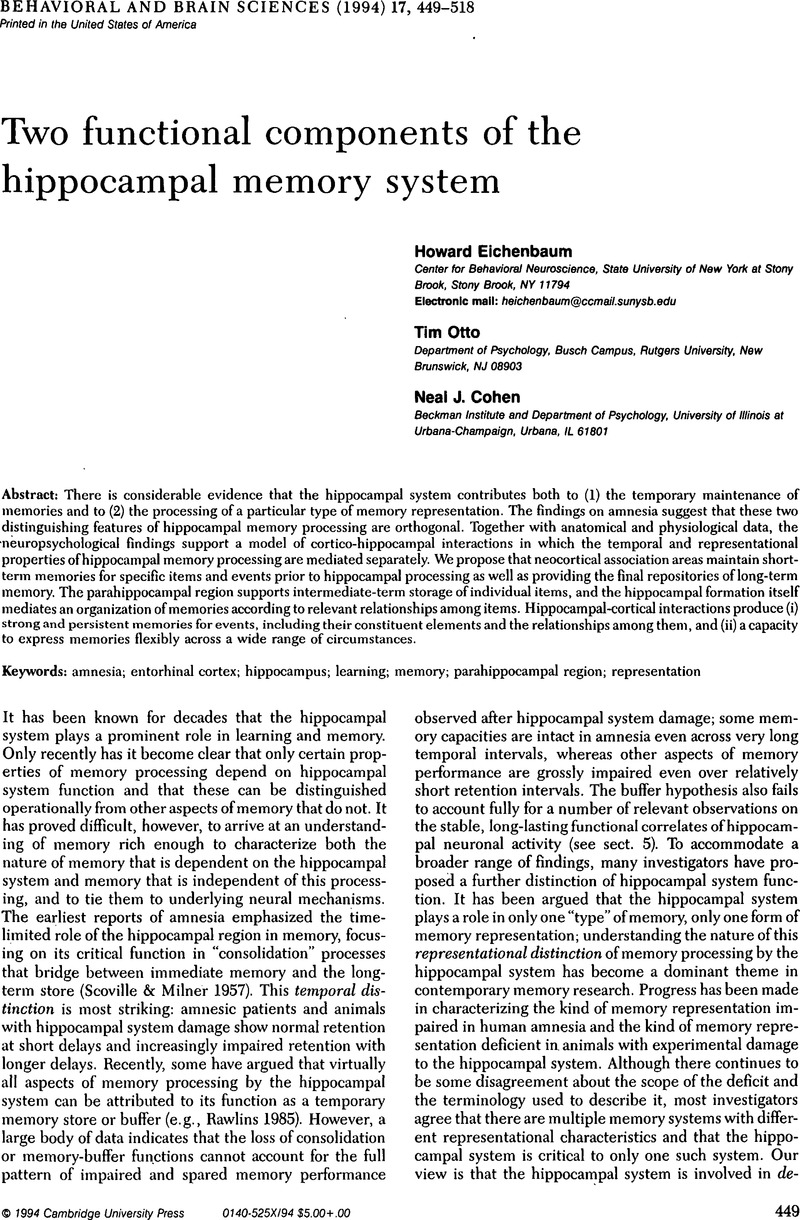Crossref Citations
This article has been cited by the following publications. This list is generated based on data provided by Crossref.
Vitral, R.W.F.
de Araujo, G.F.
de Oliveira, F.C.
Martins, D.M.S.
Christo, E.
Vitral, C.M.
and
Abramov, D.M.
2005.
Neurobiological data sustaining opponent processing operations on self organizing networks as tools for the modeling of hippocampal dynamics.
Vol. 4,
Issue. ,
p.
2135.



